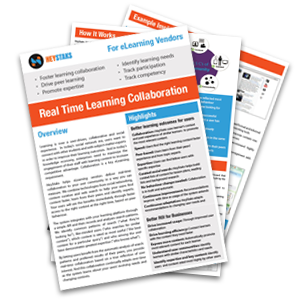SharePoint is many things to different companies. To some, it’s a document management platform with an enterprise-grade, federated search system; to others it functions as a communication platform, corporate intranet, project management portal, and scheduling tool and for others still it’s a content management system for hosting websites. While this is a diverse range of use cases, each of them represents two central underlying goals – information access, and collaboration for employees. Indeed, SharePoint may be used in many senses as a complete knowledge management system – with appropriate supporting offline processes (we’ll discuss how HeyStaks automatically behaves as a knowledge management system in a future post!).
While most companies who use it view SharePoint as a way to encourage collaboration within their employee population, many do not fully realize its collaborative potential and instead use it merely as a document storage and retrieval system. This is partly due to SharePoint’s architecture, which puts too much focus on documents and not enough on users and partly due to the complexity of SharePoint itself, which can be daunting in the absence of a dedicated administrator resource. Jeremy Thake provides an overview of the evolution of Sharepoint social & collaboration capabilities from its early days to 2013.
In this post we’ll see how difficulties in maximising SharePoint social features can deter companies from taking full advantage. We’ll also see how the HeyStaks extensions for SharePoint can help companies use the platform in better and more dynamic ways.
View full post


